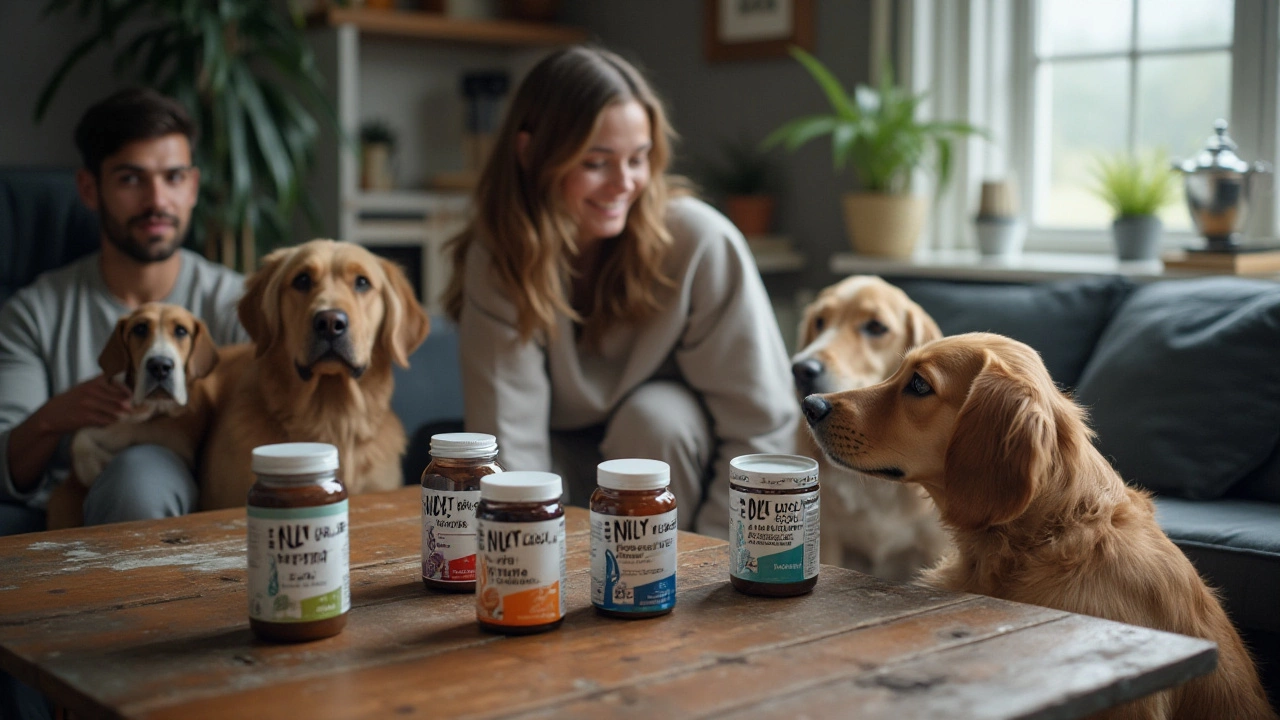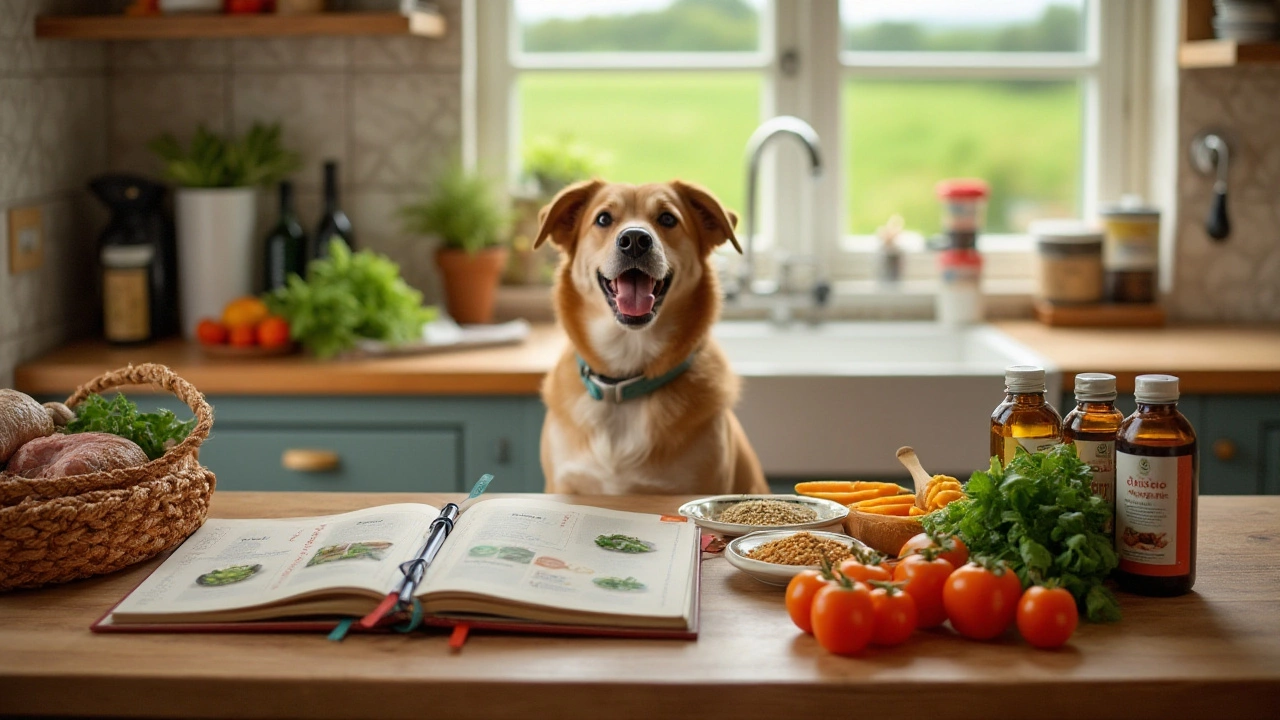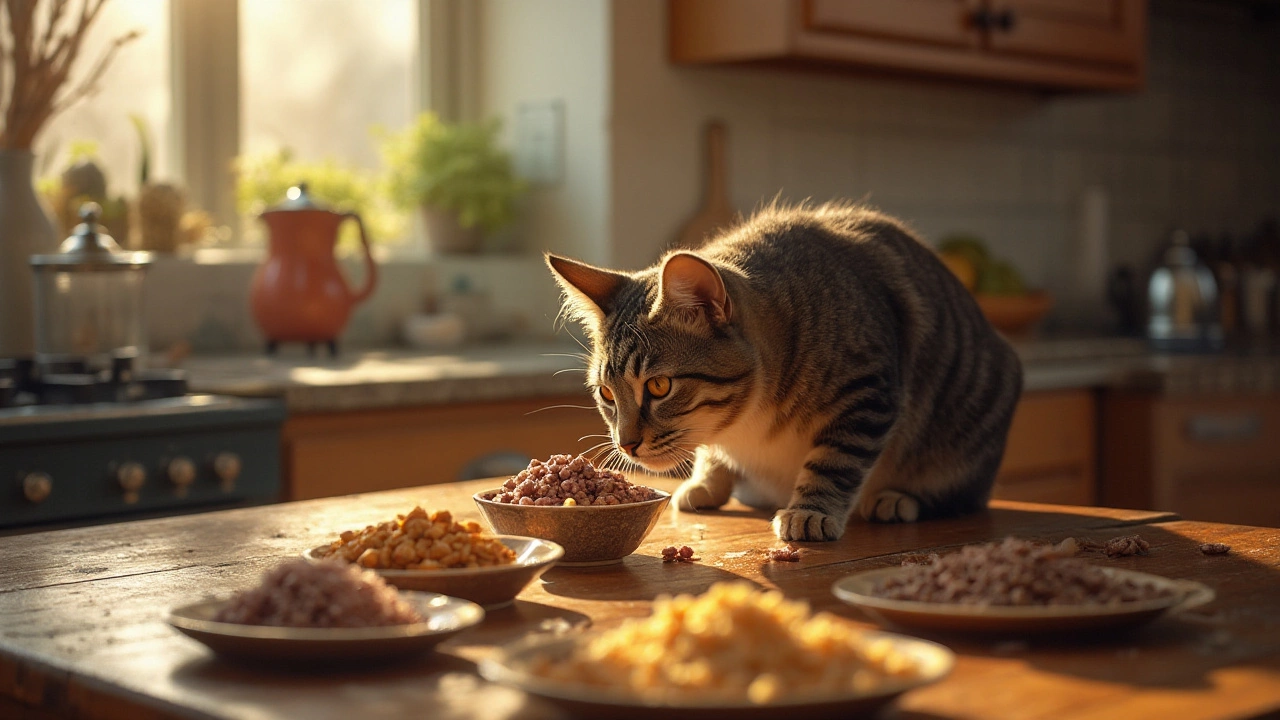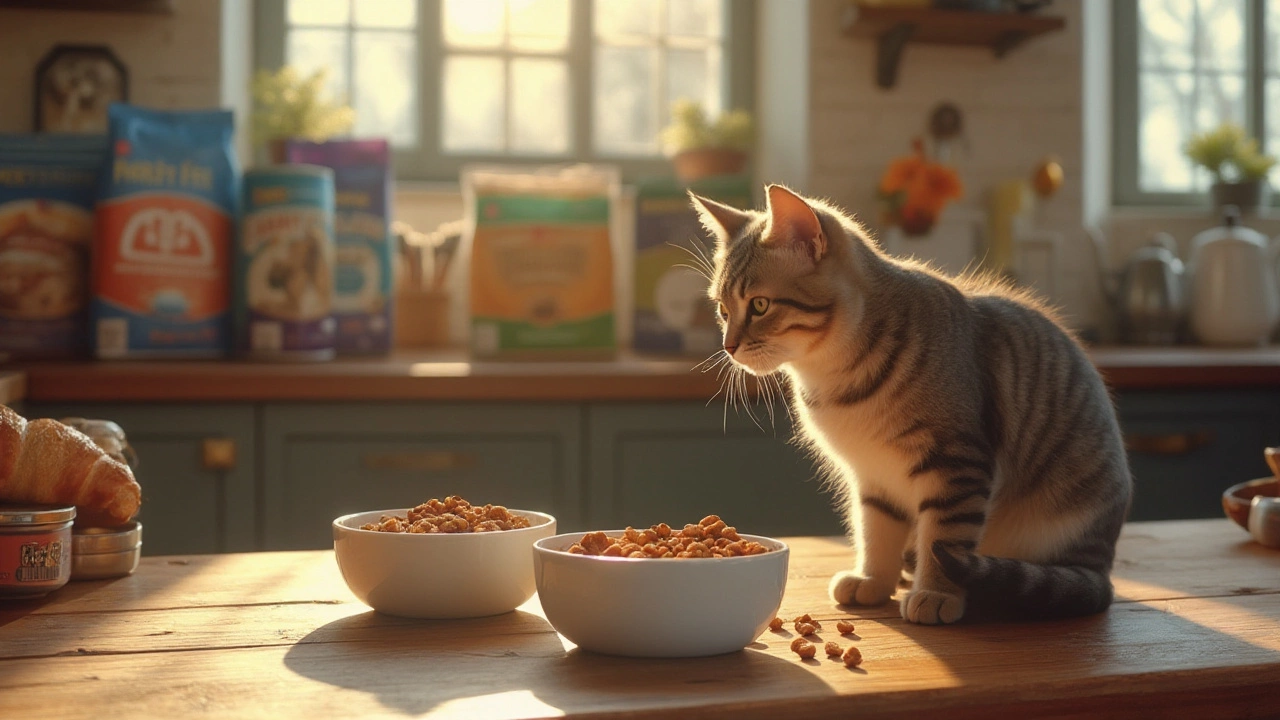Pet Nutrition: Simple Ways to Keep Your Dog Healthy and Happy
Feeding your dog right isn’t rocket science, but it does require a bit of know‑how. The right food fuels energy, supports joints, and keeps the coat shiny. Below you’ll find quick, practical tips that you can start using today.
Understanding What Your Dog Needs
Every dog’s nutritional needs change based on age, size, and activity level. Puppies need extra protein and calories to grow fast, while senior dogs benefit from joint‑supporting nutrients like glucosamine. A typical adult dog needs a balance of protein, fat, carbs, vitamins, and minerals. Look for a guaranteed analysis on the bag that lists minimum protein (usually 18‑25% for adults) and fat (around 8‑12%).
Quality matters more than fancy marketing. Real meat should be the first ingredient, not “meat meal” or “animal by‑products.” If a label lists corn, wheat, or soy high up, the product may rely on fillers that offer little nutritional value. Dogs don’t need grains to thrive, so grain‑free formulas are often a good alternative, especially for dogs with sensitivities.
Don’t forget water. Fresh water should always be available, and for dogs that love to run, a little extra hydration helps prevent kidney strain.
Choosing the Right Treats and Food
Treats should complement, not replace, a balanced diet. Aim for treats that are under 10% of daily calories. Natural, single‑ingredient treats like freeze‑dried chicken strips or sweet potato chews are easy to digest and free from artificial additives.
If you love making homemade snacks, keep them simple: boiled chicken, steamed carrots, or plain boiled rice mixed with a bit of lean meat. Avoid onions, garlic, grapes, and chocolate – they’re toxic to dogs.
When you shop online, look for brands that share ingredient sourcing and have third‑party testing. Galloway Gourmet Dog Treats, for example, uses locally sourced, human‑grade ingredients. Their treats are low in fillers, high in protein, and free from artificial colors or flavors, making them a solid pick for health‑focused owners.
Setting a feeding schedule also helps with nutrition. Most dogs do well with two meals a day – morning and evening – which stabilises blood sugar and aids digestion. Measure portions according to the dog’s weight and activity, and adjust if you notice weight changes.
Finally, keep an eye on your dog’s body condition. You should be able to feel the ribs without pressing hard, and see a visible waistline when viewed from above. If your dog looks a bit chubbier or too thin, tweak the food portion or switch to a formula with appropriate calorie density.
By focusing on real ingredients, proper portion sizes, and consistent meal times, you give your dog the building blocks for a long, energetic life. Simple choices today lead to happier walks, brighter eyes, and fewer vet visits down the road.

Vitamins for Healthy Dog Fur: What to Give Your Pup
Wondering how to keep your dog's fur shiny and soft? This guide explains which vitamins really work for your pup's coat and how to add them safely. Find out why the right vitamins matter and how to avoid common mistakes. Get practical tips to spot deficiencies and see real changes in your dog's fur. Healthier, glossier fur is totally doable with the right info.
View more
Is Cheese Safe and Healthy for Dogs?
Cheese, a popular human treat, can be a tasty snack for your dog but should be given with care. It's high in fat and calories, so moderation is key to avoid weight gain or digestive issues. On the plus side, cheese can be an excellent source of protein and calcium for dogs. Learn important facts, potential risks, and helpful tips about including cheese in your dog's diet.
View more
Best Dog Supplements for Optimal Health and Well-being
Choosing the right supplement for your dog can significantly impact their health and longevity. This article explores various types of supplements available, their benefits, and tips for selecting the most suitable one for your furry companion. Dive into expert advice to ensure your dog is receiving the best care through proper nutrition and support. Discover how these supplements can help address specific health concerns and enhance your pet's overall quality of life.
View more
Essential Supplements to Boost Your Homemade Dog Food
Crafting balanced meals at home for your dog can be rewarding and beneficial to their health. However, ensuring that these meals provide all the necessary nutrients is crucial. This article explores key supplements to consider adding to homemade dog food to promote optimal health and remedy any potential nutrient gaps. By understanding these additions, you can create a nutrient-rich diet that supports your pet's well-being.
View more
Do Cats Get Tired of the Same Food Daily?
Cats are creatures of habit, but do these curious felines ever find themselves uninterested in their meals? Exploring whether cats get bored of eating the same food every day, this article delves into the intricacies of feline dietary preferences. While some cats relish a routine, others might crave variety due to nutritional needs or sensory stimulation. Understanding these factors can help pet owners make informed decisions about their cat's diet.
View more
Optimal Feeding Schedule for Cats: Balancing Health and Happiness
Determining how often to feed your cat each day is crucial for their health and well-being. This article delves into understanding the best feeding schedule for cats, taking into account age, health, dietary needs, and lifestyle. It explores common feeding patterns and provides tips to ensure your feline friend enjoys a balanced diet. Achieving the right feeding routine can significantly enhance your cat's quality of life.
View more
Can Wet and Dry Cat Food Be Safely Mixed Together?
Combining wet and dry cat food is a common practice among pet owners, but does it benefit your cat's diet? This article explores the reasons for mixing, potential benefits, and important considerations when creating a balanced meal for your feline friend. Discover how to ensure nutritional adequacy and why your cat might prefer a mixed feeding approach.
View more
Discovering Dog Food Favorites: What Your Pet Craves
Finding the right dog food your furry friend loves can make meal times a delight. By understanding what ingredients and textures appeal to dogs, pet owners can choose options that cater to their dog's tastes and nutritional needs. This article explores various dog food preferences, common ingredients dogs love, and tips on how to transition to a new diet. Readers will gain insights into making informed choices that promote both health and happiness for their pets.
View more